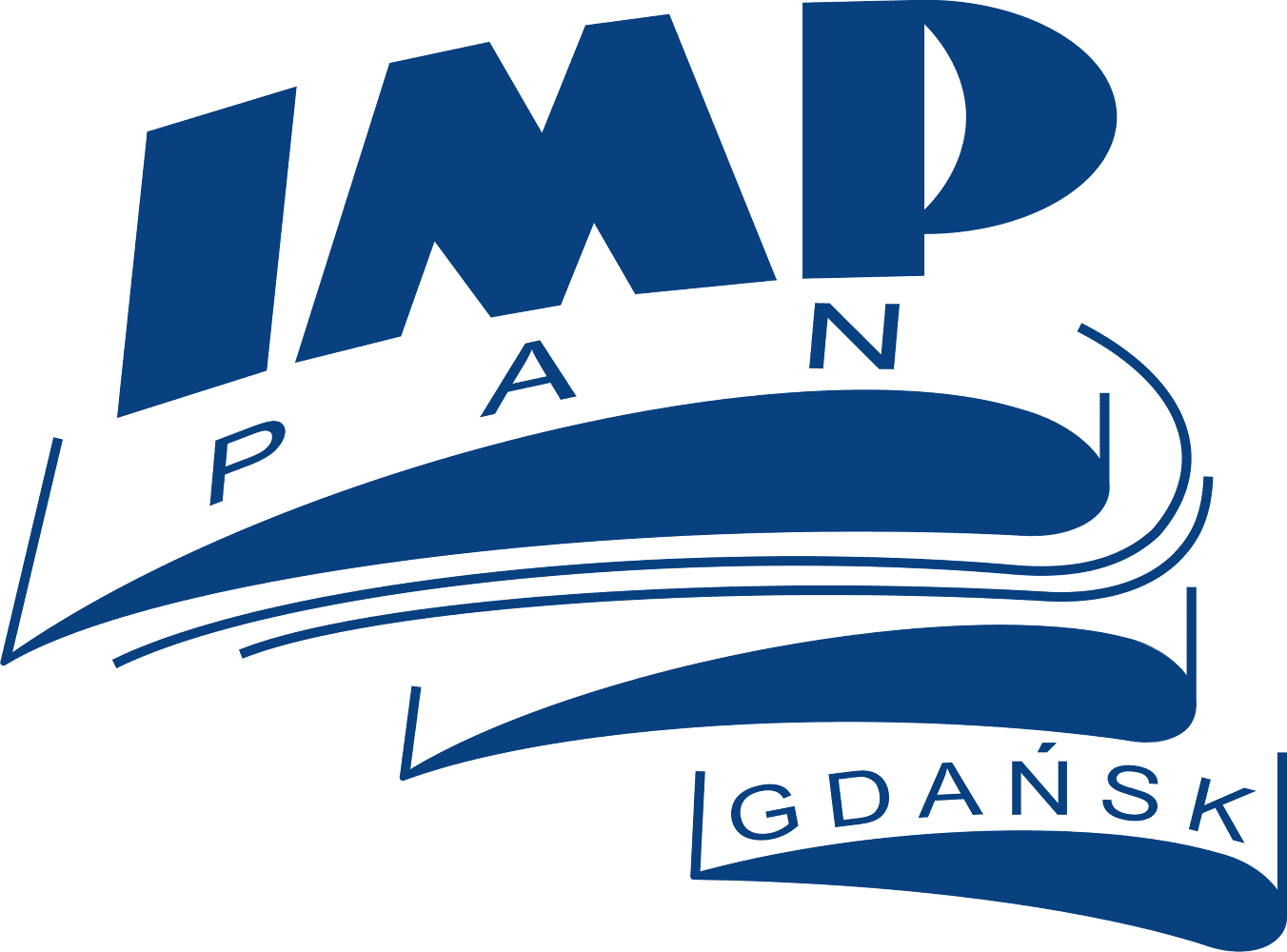Volume 111 (2002)
In Memoriam - Professor Bilicki
No. 111, 2002, 57-7I
Abstract
A three-dimensional nonlinear time-marching method and numerical analysis for aeroelastic behaviour of oscillating blade of the IV Stanclard Configuration has been presentecl. The approach is based on the solution of the coupled fluid-structure problem in which the aeroclynamic and structural equations are integrated simultaneously in time. In this formulation of a coupled problem, the interblade phase angle at which stability (or instability) would occur, is a part of the solution. The ideal gas flow through multiple interblade passage (with periodicity on the whole annulus) is described by the unsteady Euler equations in the form of conservative laws, which are integrated by use of the explicit monotonous second order accurate Godunov-Kolgan finite volume scheme and a moving hybrid H-H (or H-O) gricl. The structure analysis uses the modal approach and 3D finite element model of the blade. The blade motion is assumecl to be a linear combination of mode shapes with the modal coefficients depending on time. The influence of the natural frequencies on the aeroelastic coupled oscillations for the Fourth Standard Configuration is shown. It has been shown that interaction between modes plays an important
role in the aeroelastic blade response. This interaction has essentially nonlinear character and leads to blade limit cycle oscillations. The sign of the aerodamping coefficient calculated for the harmonic oscillations, may be considered only as a necessary, but not a sufficient condition for self-excited oscillations.
Keywords:
Flutter, Blades, Inviscid flow





















